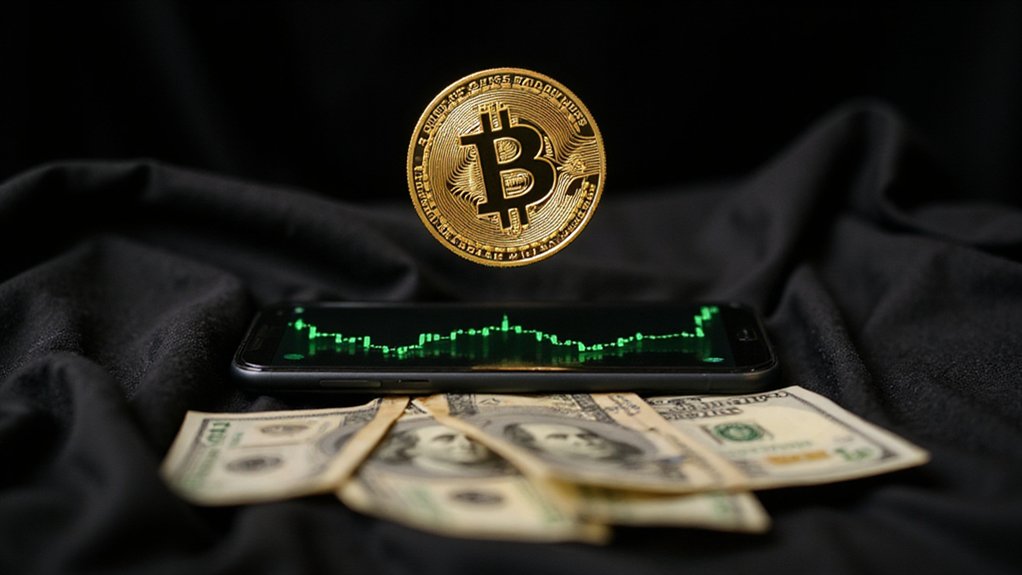While Hong Kong’s financial sector has witnessed countless product launches promising to revolutionize investment paradigms, GF Securities’ introduction of tokenized securities backed by the offshore yuan represents something considerably more substantive than the typical fintech fanfare. The partnership with HashKey Group to issue these digital instruments on HashKey Chain signals a calculated bet on institutional appetite for blockchain-wrapped traditional assets—a wager that appears increasingly prescient given Hong Kong’s regulatory embrace of tokenization.
The GF Token’s architecture reveals thoughtful design considerations that transcend mere technological novelty. Daily interest accrual and redemption capabilities address the liquidity concerns that have historically plagued alternative investment vehicles, while multi-currency denominations in offshore yuan, USD, and HKD acknowledge the pragmatic reality that institutional investors rarely confine themselves to single-currency strategies. The USD tokens’ benchmark to the Secured Overnight Financing Rate (SOFR) provides familiar ground for risk managers traversing this digital terrain.
Hong Kong’s regulatory framework has evolved with remarkable speed, establishing stablecoin licensing requirements effective August 1 and releasing policy statements that actively promote real-world asset tokenization. Financial Secretary Paul Chan‘s strategic emphasis on offshore yuan and stablecoin frameworks suggests governmental recognition that financial innovation cannot be legislated into existence through prohibition.
The cross-departmental cooperation between regulators, law enforcement, and technology providers represents a revitalizing departure from the jurisdictional fragmentation that typically characterizes regulatory responses to emerging technologies.
The broader implications extend beyond individual product success metrics. GF Securities has secured first-mover advantage in a market segment where institutional memory tends to favor early adopters, while simultaneously strengthening Hong Kong’s position as a digital asset hub. The government’s expansion plans for tokenization into precious metals and renewable energy assets indicate ambitions that transcend traditional securities markets.
Whether this initiative catalyzes broader adoption of tokenized instruments remains contingent upon institutional investor behavior—a demographic not typically known for embracing experimental technologies without compelling risk-adjusted returns. The success of this tokenization effort will ultimately depend on careful optimization of network parameters to ensure the blockchain infrastructure can handle institutional-scale transaction volumes while maintaining security and performance standards.
However, the convergence of regulatory clarity, technological infrastructure, and established financial institution participation creates conditions where tokenized securities might finally shift from promising concept to operational reality.









